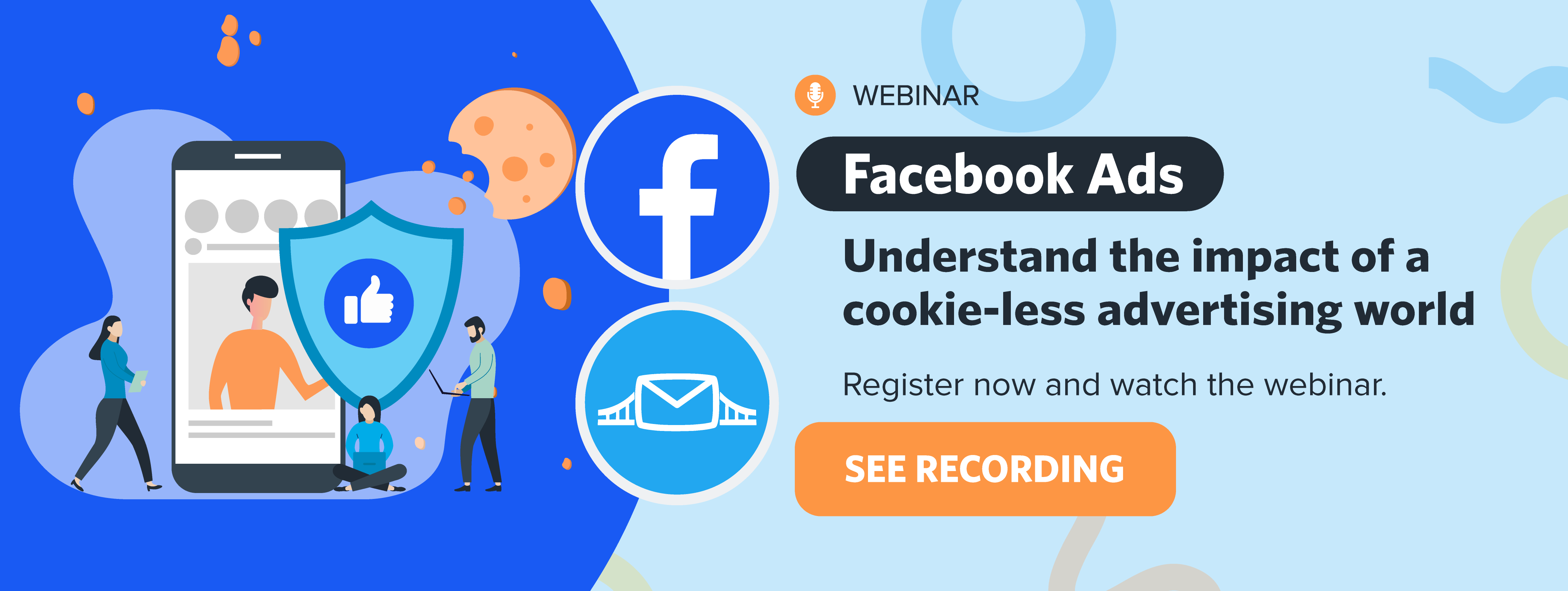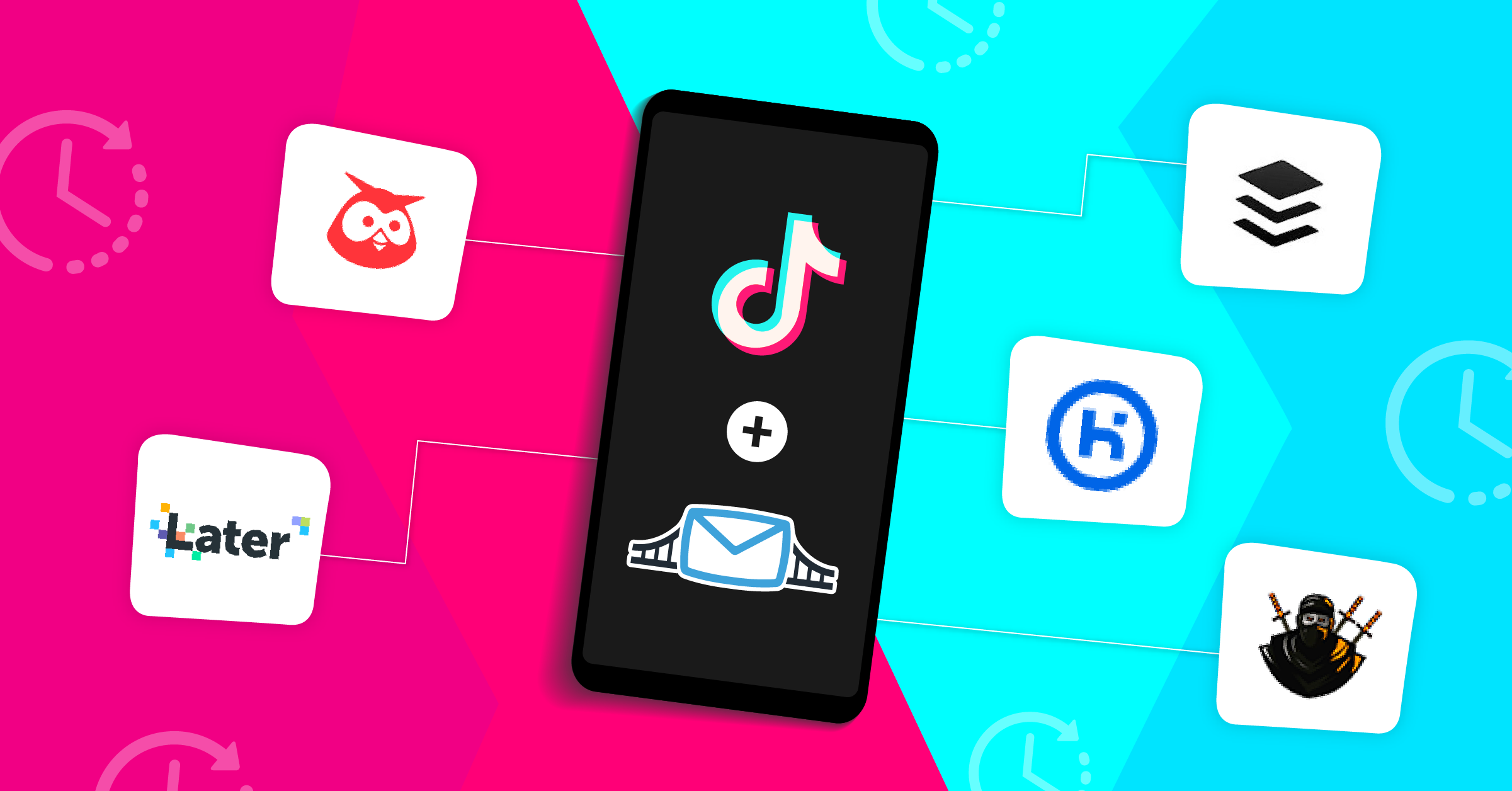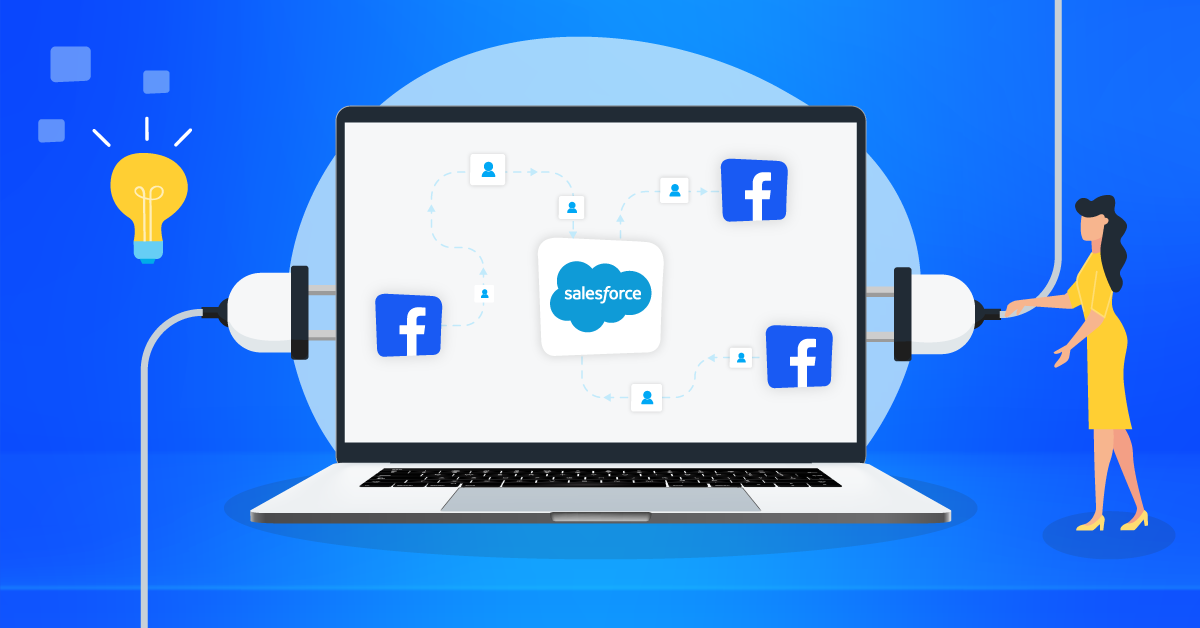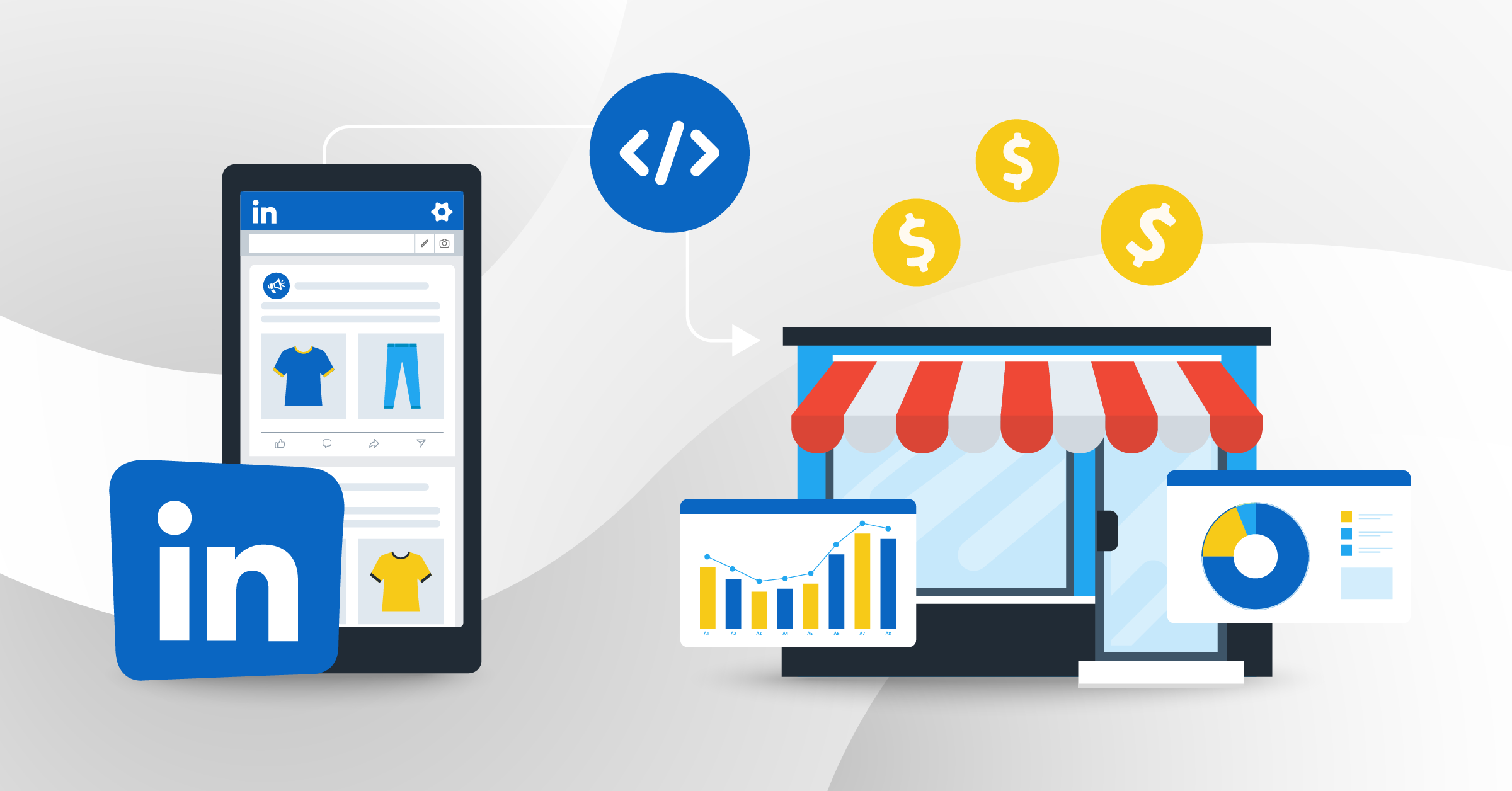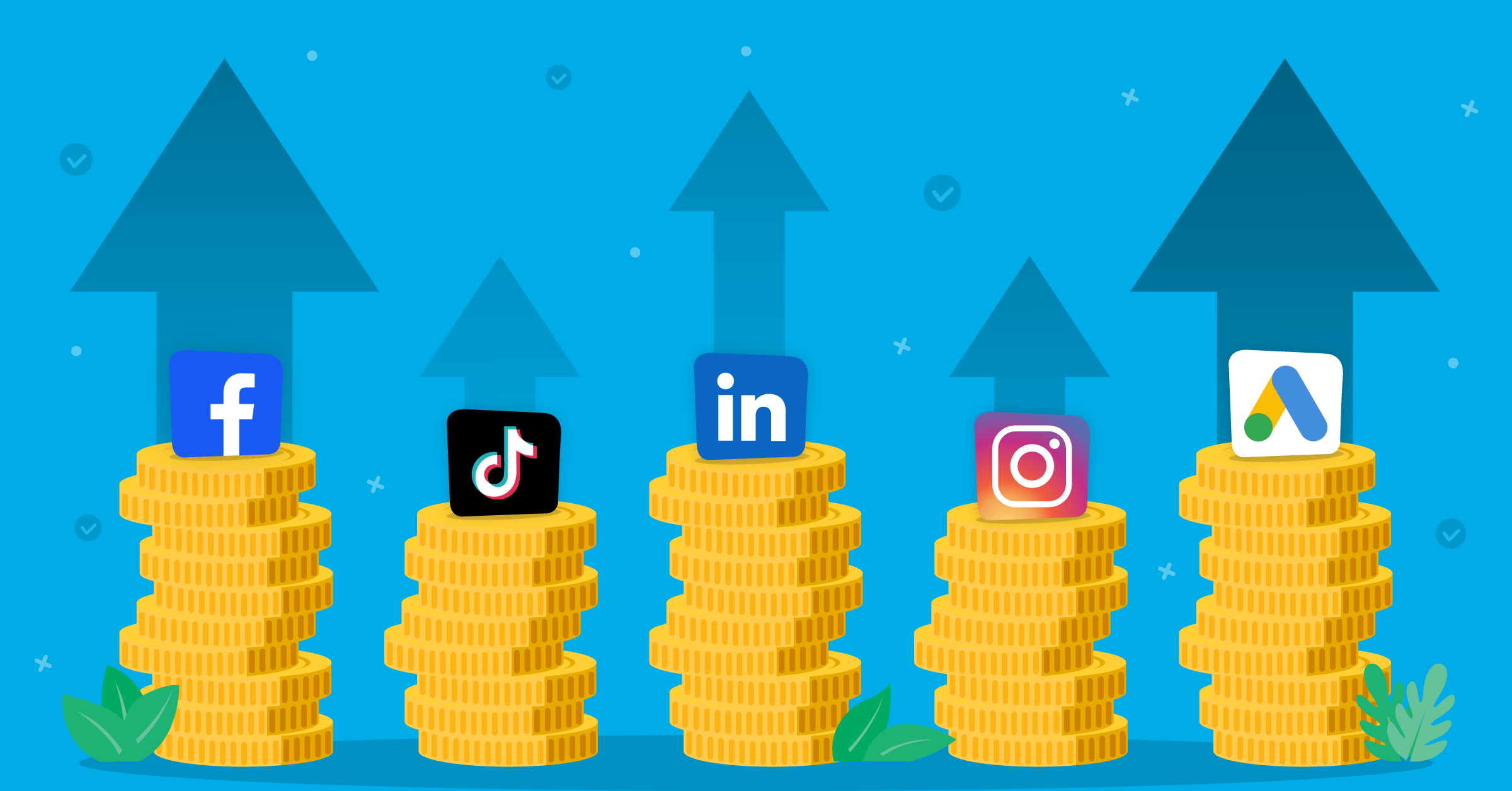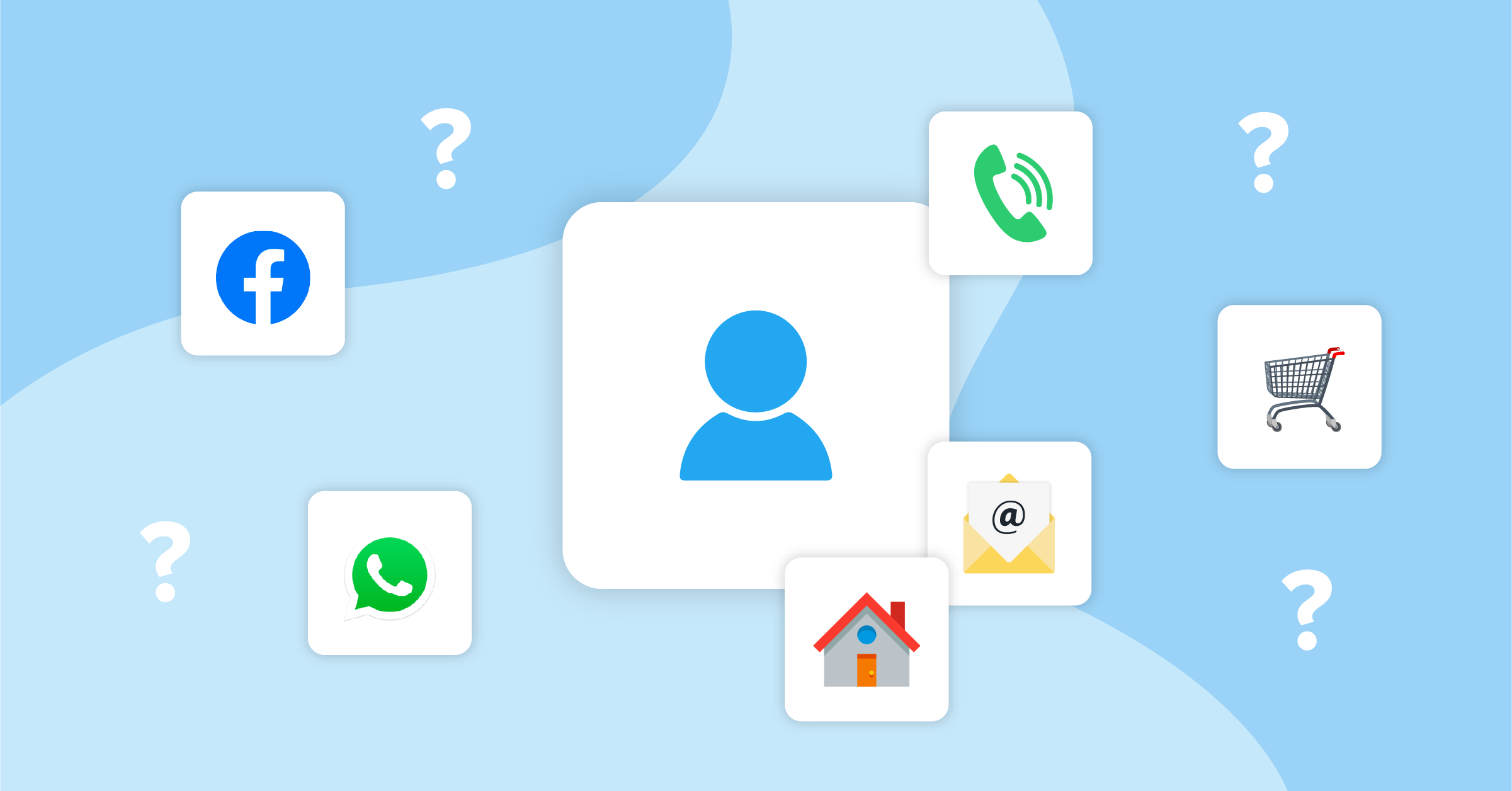
Marketers today have access to huge amounts of data, but that data is useless if it isn’t relevant and up-to-date. And it’s not just out-of-date data that’s the problem.
Customer information can come from a variety of different sources, including lead generation forms, social media, and sales calls. This means it can be tricky to make the data you do have cohesive, especially if you don’t have a lot of information about a customer, like just their name or email address. With a cookieless future on the horizon, it’s never been more important to know where insights can be found with first-party data.
Data enrichment fills the gaps in the data you have access to, but it also updates inaccurate information and provides a bigger picture of your customers. Using it ensures your marketing messages aren’t delivered to the wrong people and makes it easier for sales teams to identify qualified prospects.
What is Data Enrichment?
Data enrichment is a type of data integration that fills in missing details to give a complete picture of a customer. Often, you’ll only be able to capture a prospect’s name, email address, and maybe their job title if you’re lucky. But this isn’t enough to create personalized messaging that really resonates with them.
Data enrichment works by appending one or more data sets with other attributes and values from different data collection points and sources. For example, it might combine customer information gleaned from sales calls with lead generation information or data from social media and website analytics.
At its core, data enrichment gives you improved and refined data groups so that you can create more insightful campaigns that reach the right people at the right time.
CRM data enrichment
Incorporating data enrichment in a CRM improves the consumer experience and allows for a more targeted and accurate approach with prospects. Furthermore, with enriched data, existing consumers can be nurtured more efficiently and effectively.
For example, once you have segmented audiences in your CRM, you can use that data to retarget them with personalized advertising campaigns. LeadsBridge can help you by integrating your preferred CRM with advertising audiences.
However, in order to enhance the relationship with consumers, marketers must first differentiate between a B2B and a B2C approach.
B2B data enrichment
B2B data enrichment deals with four specific types of data: personal data (job title, location), categorical data (seniority, department, tenure), firmographic data (company name, company size, industry), and contact data (email address, phone number, LinkedIn profile URL).
If examined, enhanced, and leveraged correctly, this data could be enriched to yield several B2B benefits. Some of the most common benefits include an expedited sales funnel, improved sales conversions, and a more accurately segmented customer base.
B2C data enrichment
A B2C data enrichment strategy focuses on demographic data (age ethnicity, marital status), contact data (phone number, email address), geography data (state, zip code), and lifestyle/behavioral data (purchases, donation propensity).
Incorporating an approach to enrich this data will help you understand a customer or customer segment at a granular level and market to them more successfully.
The Benefits of Data Enrichment
The benefits of data enrichment are pretty obvious, but it can help with many aspects of running a business. In fact, companies that use data enrichment see up to a 50% growth in sales and customer satisfaction, while those that enrich data with a company-wide data management plan can record a 2x increase in ROI.
1. Collect Valuable Data
First and foremost, enriched data helps sales teams ask the right questions and collect information that matters. If you know that a prospect’s job title or company name is crucial to your marketing efforts, you can incorporate that into sales calls to make sure you get the data.
2. Improve Data Accuracy
Data enrichment verifies the information you already have to keep data up-to-date. As well as monitoring the information you have and tracking it against any new information you get from customers, enrichment can also help correct typos and remove double entries by comparing data from different sources.
3. Saves Time
Manual data enrichment can be incredibly time-consuming and tedious. Luckily, there are plenty of automation tools on hand to help. Automating the process means you don’t have to enrich data manually by scouring different data pipelines and sources and can instead collect it on autopilot from various places. In fact, 55% of businesses believe the biggest benefit of automation lies in data collection.
Data Enrichment Use Cases: How Does it Work?
Data enrichment can benefit businesses in many different ways, but it tends to have the most positive impact in these areas:
Increase Lead Form Conversions
Knowing what information you need from customers means you can pare back the questions on your lead generation forms. Lengthy forms with unnecessary fields are off-putting to potential customers, so keeping required information to a minimum is key while still getting all the data you need to move forward.
This also means you ask the right questions and get the most valuable information possible for your sales team.
Customer Segmentation
Customer segmentation is crucial if you want to tailor your marketing and sales messages to specific consumer groups. Doing this increases conversion and builds trust quickly, all while getting a better understanding of your customers.
Data enrichment can help you categorize customers to make sure you’re sending them the right message at the right time. Plus, it gives you valuable information about customers that you can use to further segment them into niche groups or cohorts.
Improved Lead Scoring
Manually lead scoring prospects can be tedious, especially when you don’t have a lot of information about them. Data enrichment enhances the information you do have so you can more accurately give leads the right score.
For example, if you only have a prospect’s name and email address, it’s difficult to know whether they are qualified leads or not. If, however, you enrich that information with their job title, location, and company position, you’re able to make a more informed decision about their score.
Personalized Experiences
Consumers today crave personalized experiences with brands. They want to know that you understand their unique wants and needs, and have a solution geared specifically toward them.
Data enrichment helps you create those much-coveted personalized experiences by using additional customer data to build unique buyer journeys.
Data enrichment examples
Here are a few ways to enrich data in three of the most common data enrichment areas with hypothetical examples to better illustrate their application.
Demographic
Data enrichment can help you focus and target key demographics that are the most likely to buy your product or service. By adding additional data to an existing list of customers or leads, marketers can identify the most fruitful segments.
Enriching data by age, ethnicity, and marital status are three of the most common approaches.
Demographic data enrichment example:
Let’s say a company sells luxury cars, and they have a list of customers who have purchased their vehicles in the past. The company wants to focus on marketing their newest model to customers who are most likely to buy it.
They can enrich their existing customer data by adding additional data points such as income level, occupation, and geographic location. This data enables them to identify which customers have the highest income levels, live in affluent neighborhoods, and work in high-paying industries. Additionally, this allows them to determine which customers have purchased similar luxury cars in the past, indicating a higher likelihood of purchasing the newest model.
With this enriched data, the company can target their marketing efforts towards these specific segments, tailoring their messaging and promotional offers to appeal to the interests and preferences of each group.
A data generator tool creates simulated customer profiles based on the enriched data, revealing hidden insights and uncovering potential customers with similar characteristics who haven’t purchased their luxury cars yet.
Geographical
Grouping consumers by location is one of the oldest and most effective ways to enrich data. This strategy allows you to see where your products or services are being used and identify key regional patterns within each group (average income, cost of living, etc.).
This data capture can also help identify new potential markets off shared traits or determine where to open a new store.
Geographical data enrichment example:
For example, a company sells outdoor clothing and equipment and wants to expand their business by opening new stores in different regions of the country. They can use geographical data enrichment to identify key regional patterns within their existing customer base and use this information to determine where to open new stores.
By analyzing customer data, the company can pinpoint the regions where their products are most popular and where their customers live. They can then enrich this data by adding additional information such as average income, cost of living, and other demographic data.
This can allows them to identify new potential markets that share similar traits with their existing customer base and ensure that they are catering to the specific needs and interests of each regional market.
Behavioral
By enriching behavioral data, marketers can see consumer patterns, potential purchasing roadblocks, and understand a targetted audience on a more granular level. Understanding your customer’s journey from awareness to purchase can help marketers illuminate any lingering disruptions and eliminate them.
This data can help marketers determine the performance of advertising campaigns and justify marketing budgets.
Behavioral data enrichment example:
An enterprise sells online software products and wants to improve its marketing strategy to increase sales. The company can use tools like web analytics to collect data on how visitors interact with their website.
With additional information such as demographics, interests, and behavior patterns, the company can gain a more granular understanding of their target audience and the factors that influence their purchasing decisions. For example, they may find that potential customers in a certain age group tend to spend more time on the website and are more likely to make a purchase.
They can also identify issues such as complex website navigation or confusing checkout processes. By eliminating these disruptions, they can improve the overall customer experience and increase the likelihood of making a sale.
How to Enrich Lead Data
Ready to implement some lead enrichment techniques? Here are some ways you can get started.
1. Identify Your Needs and Customer Profiles
Firstly, you need to understand what information to get from customers to qualify them and provide a good experience. Decide on what data you need to do this and what you will use it for. For example, if you need to know what position a prospect is in their company hierarchy to pitch them the right product, make sure you collect that information.
Use your customer profiles or buyer personas to identify the types of data you need. In particular, look for objective data that can be scaled, like age, location, and job role.
2. Evaluate Your Data Set
Determine the quality and accuracy of the data you already have. Check your CRM platforms and anywhere else you’re collecting data from to see whether it’s valid and relevant. From there, you can identify any gaps in your records or any data that other methods are failing to collect for you.
LeadsBridge makes it easy to manage customer and marketing data across a variety of different platforms thanks to our powerful range of CRM integrations.
3. Identify Sources of Data Enrichment
Decide what data sources you will use based on the data you need to get. For example, if you need a prospect’s job title, consider using a platform like LinkedIn as a data source or lead generation hotspot. You can get the data you need through web scraping, manual lookups, purchasing LinkedIn datasets, or by using a designated enrichment provider.
For scalable, real-time data collection, businesses often rely on a scraper API to extract structured information from web sources efficiently, perfect for enriching lead profiles without the need for manual effort.
4. Segment Customers and Enrich Their Data
Finally, tighten up your data sets to align with your customer segments. Beef up your segments with added important data and create personalized content and experiences for each type of customer. Use the data you’ve collected to build out unique journeys for different prospects and craft marketing and sales copy that speaks directly to them.
5. Automate enrichment with LeadConduit
ActiveProspect’s LeadConduit is a lead optimization solution that can improve the quality of leads through real-time lead enhancement by using a wide variety of data services. It integrates with a wide range of data providers that offer data enrichment services, including Clearbit, FullContact, and Experian.
These providers offer data on everything from job titles and company information to social media profiles and personal interests. By enriching lead data with this additional information, businesses can gain a better understanding of their leads and tailor their marketing and sales strategies accordingly.
Discover all of the available LeadConduit integrations here.
Data Enrichment Benefits Every Bit of Business
Data enrichment doesn’t just gather data from multiple sources. It gives you a bigger picture of your customers so you can provide better sales messages and create more effective campaigns. Once you learn more about your customers, you’re able to create an entire personalized experience specifically for them.
Through robust integrations for a range of key customer and marketing platforms, LeadsBridge helps businesses collect data in one central place and use it to enrich existing information.













